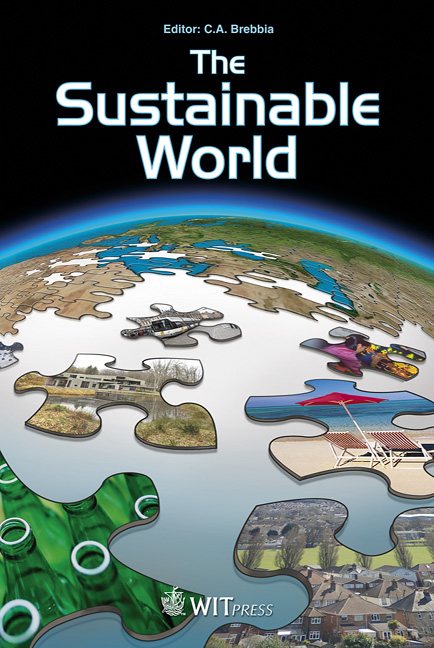Development Of A Unified Treatment System For Public Use Of Discharged Water From A Korean Apartment Complex For Urban Infrastructure Regeneration
Price
Free (open access)
Transaction
Volume
142
Pages
6
Page Range
227 - 232
Published
2010
Size
3,570 kb
Paper DOI
10.2495/SW100211
Copyright
WIT Press
Author(s)
C. Choi, K. Park, W. Park & H. Park
Abstract
The purpose of this study was to enhance major economies and compatibilities of the system, comparing the differences of footprints between outdated and updated systems. In addition, the research provided ways to verify the effluent quality during the pilot-plant scale operation of a unified treatment system (MBR and Coagulation-LPCF) and estimate the great economical efficiency in the proper construction and operation. As the results of a real pilot plant, the effluents contained low concentrations for BOD, at 3.3 mg/L, followed by 7.2 mg/L COD, 8.47 mg/L T-N and 0.1 mg/L T-P. The MBR-LPCF system was reported to occupy a plot of 384m2, which had a two times lower square compared to the outdated system (RBC; Rotating Biological Contactor). What is more, by comparing prices, the reclaimed water system experienced a decrease of nearly 76% in a unit cost of tap water involving facility renovation and operation. Consequently, if the MBR-LPCF system starts to be operational in an apartment complex, it can significantly not only enhance the amenity of the housing complex, but also increase green efficiency to decrease the use of water resources. Keywords: urban infrastructure regeneration, reclaimed water and water recycling.
Keywords
urban infrastructure regeneration, reclaimed water and water recycling





